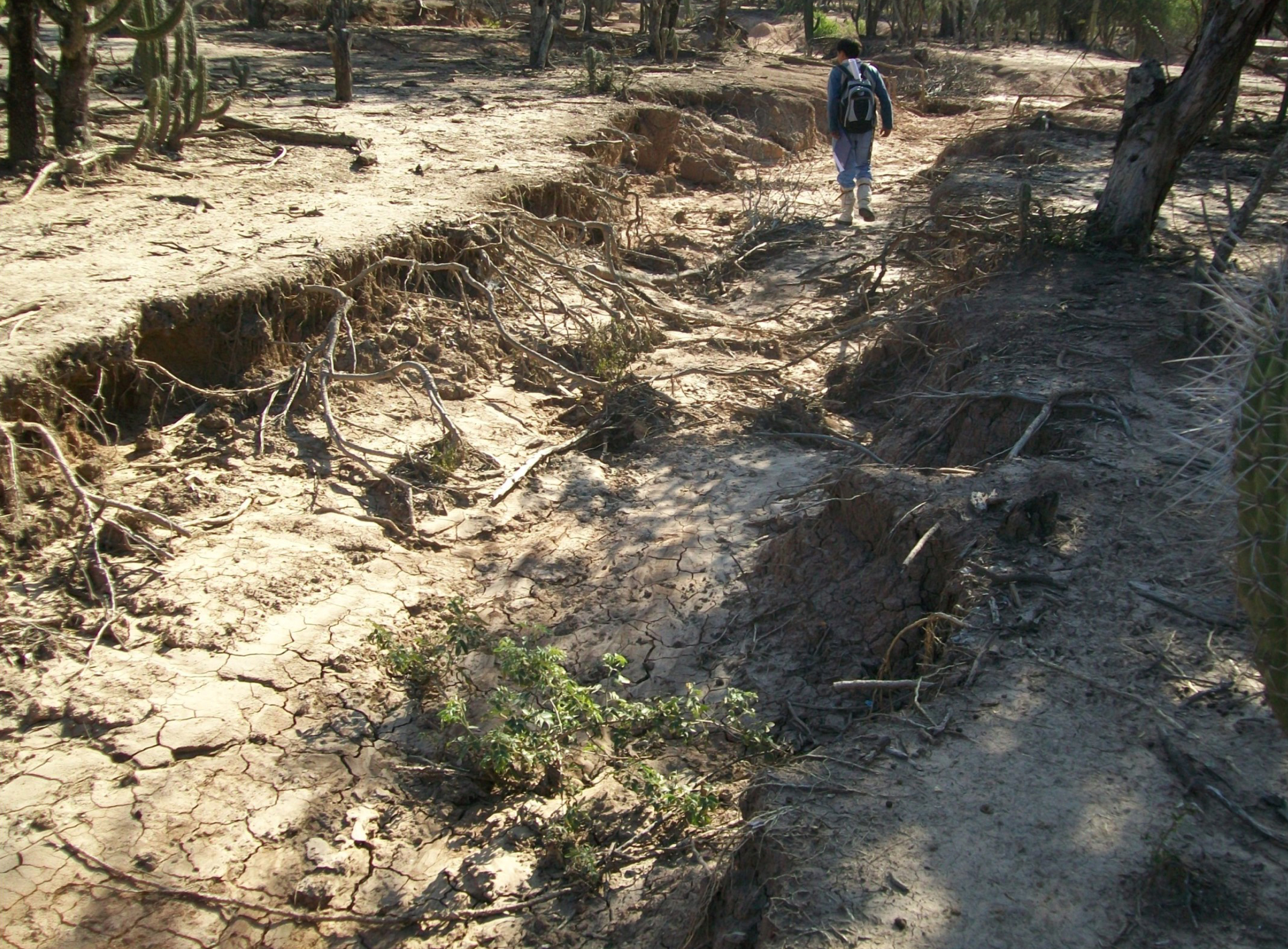
Afforestation for restoration of degraded lands

Gran Chaco Biome
THE CHALLENGE
The ‘Deforestation fronts: Drivers and responses in a changing world’ report, published by the Worldwide Fund for Nature (WWF), evaluates 24 deforestation fronts with significant concentration of deforestation hotspots and where large areas of remaining forests are under threat.
Nine of the twenty-four fronts are located in Latin America; the highest deforestation rates occur in Brazilian and Bolivian Amazon and in the Gran Chaco Americano (Argentina and Paraguay).
Since 1985, a total of 14 million hectares have been deforested in the Gran Chaco region. This alarming decline in biodiversity is largely attributed to habitat loss and degradation caused by land-use change for unsustainable, agricultural activities.
This large biome of great importance is, firstly, home to more than 30 native communities with great, rich cultural and linguistic diversity who have a strong bond with the environment, which is their main source of life.
The lack of adequate financing and the complexity of access to funds have historically restricted regenerative reforestation in the Gran Chaco region.
We are working to unlock large-scale forestry financing.
It’s time to be Green.


THE VALUE PROPORSAL
Investment in restoring the lands in the Gran Chaco is crucial to improve livelihoods and reduce vulnerabilities and risks to the economy of this region.
Land restoration based on new forests will also provide important ecosystem services, reestablish biodiversity, create jobs for local populations and manufacture wood products that will replace more fossil fuel-intensive materials.
We are creating the first model for regenerative forestation of degraded soils and forests of the Gran Chaco Americano based on cultivation of carob native species, by using a pool of new genetic materials already detected by a technological partner. There are 12 lines of carob trees improved by selection. These lines recover all the genetics of the Gran Chaco, ensuring biological diversity, climatic adaptability, and multipurpose production: high quality wood and fruits of high nutritional value.
This nature-based business model suggests a technical design already tested by The Future is in the Forest, aimed at restoring the native ecosystem structure by selecting native forest species, a specific planting system as well as plots in strategic areas such as wildlife corridors
